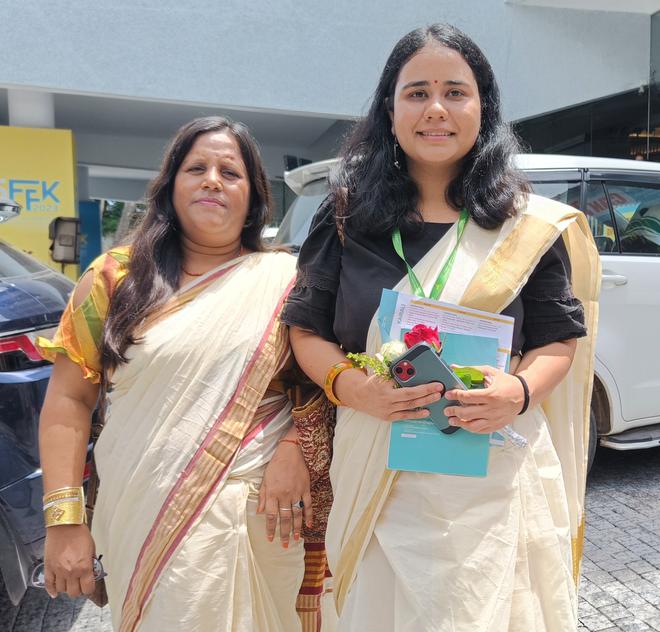Migration is so often conveyed as a macro idea, concerning large masses of people, that the nuances and the different lived realities of each of the migrants are missing from many studies or even media discussions.
Megha Acharya’s documentary Miles Away, being screened as part of the Long Documentary Competition section at the 15th International Documentary and Short Film Festival of Kerala (IDSFFK) stands apart, for it follows three women who are forced to migrate far away from home to work in brick kilns.
The tales of Keshkali, Gaura and Ramsakhi—the three women at the centre of the documentary—are not just about the hopelessness of the economic situation in Bundelkhand, which is the driving force of their migration. Infact, one of the most memorable images from the documentary is of them dancing in abandon, during one of the lazy evenings after work. The documentary is based on the research work done by journalist Geeta of Khabar Lahariya, a newspaper led by Dalit women with wide reach in the rural swathes of north India (The much-feted 2021 documentary Writing With Fire was based on Khabar Lahariya).
“Bundelkhand is known for its poverty and migration, as no business initiative thrives there. A majority of the people migrate to other places for work. Initially, we were planning to focus on a family, but we couldn’t identify anyone whom we could follow for a long period. Then we went to a brick kiln, interacted with the people there and zeroed in on these three women with whom we could keep in touch regularly and have conversations with,” says Geeta, who has been with Khabar Lahariya for over a decade.

The documentary follows them over a period of more than eight months, which is the usual work cycle in the brick kilns. From the initial moulding of the bricks in the chilly winters to unexpected rains that throw them further into debt traps and the return home with meagre savings, it is a cycle that repeats endlessly, with little improvement in their situation as the years pass. They are of course free from the bonded labour that the ancestors from their backward community were forced to do, but they are in a way bonded to a new system.
“When we started, we were aware of the debt traps and the viciousness of the whole cycle. But, when the unexpected rains halted work for a long period, it revealed to us the precariousness of their economic situation. Then our questions and conversations changed completely, with more focus on the debts and so many other things tied to it. They were speaking in the Bundeli language, in which Geeta has been covering news stories. When you know the language, the connection builds. We thus saw all their sides, not just that of being labourers, but their camaraderie too,” says Acharya, who works with Chambal Media, the rural media network that produced the documentary.







